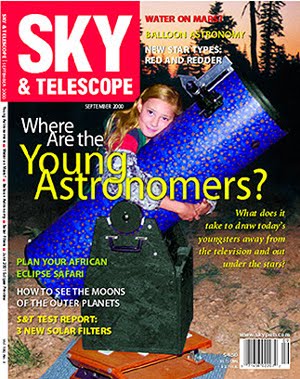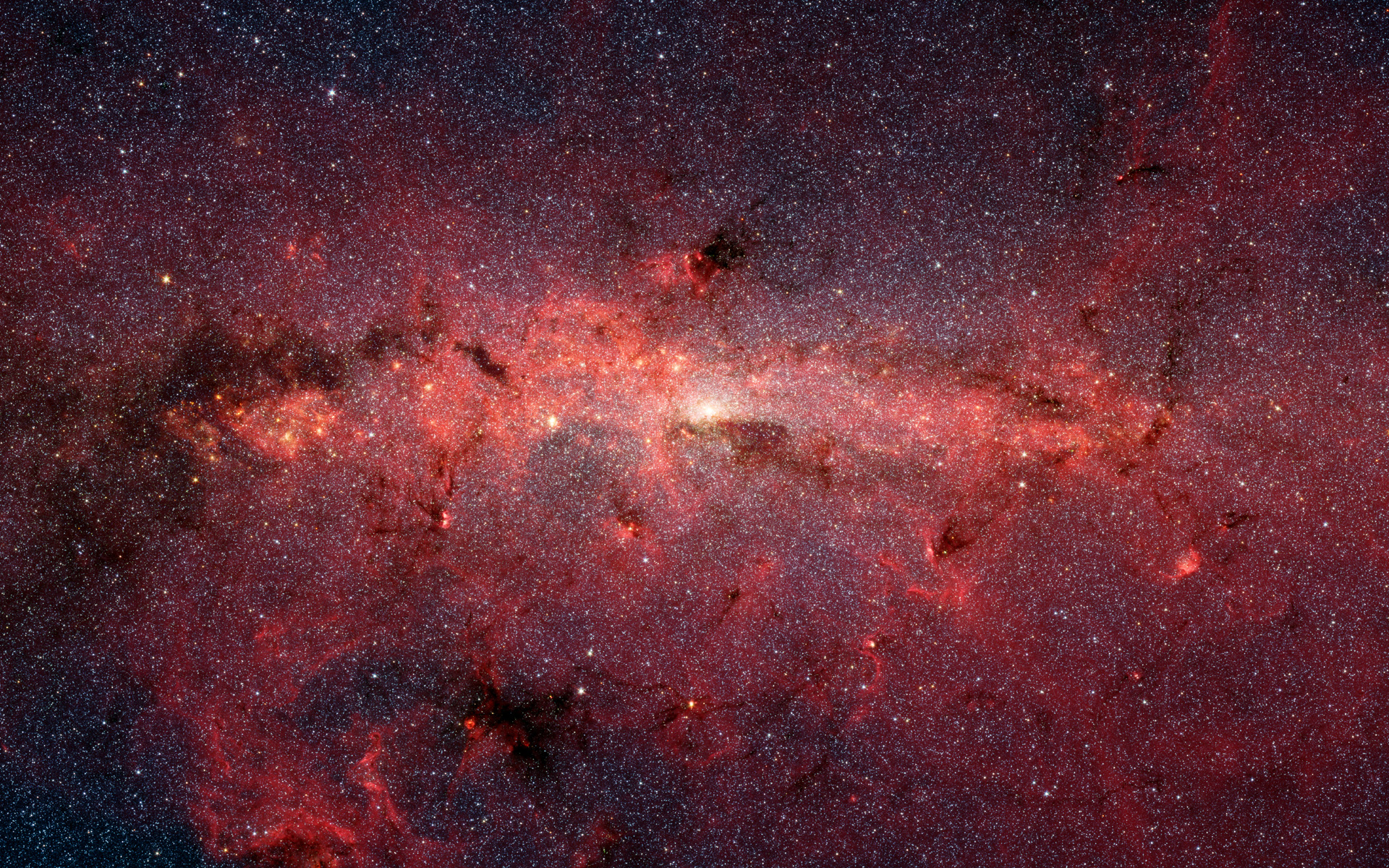Early afternoon on Saturday the 25th of March, the sky was mucky with clouds and a slight breeze put a spring chill in the air. I had heard some reports of clearing coming and so, decided to head to Henry Coe State Park about one hour drive southeast of my home.
My daughter Mimi had been waiting for an opportunity to knock out the last of her Messier list, the lone remaining M83. She had started this list just a bit less than a year ago, up at Fremont Peak, on a two night observing session where she logged perhaps forty Messiers, then, during the summer had taken the total up over one hundred. During the winter, as skies allowed, she knocked out the remainders from our backyard, except for M83.
So, this day, even with the clouds, I asked Mimi if she would accompany me. The first question was, of course, would she be able to get M83. I explained that it would not be in a good position until at least 11 p.m., and that we could go and see what the sky would allow. Trooper that she is, her answer was a very decisive "yes"...
Off we went. Traffic had its usual rubbernecking backup where the bay area empties out into the south counties heading down highway 101. Soon though, we were at our turnoff, heading for the eastern hills bordering the community of Morgan Hill. The further we drove, the more city we left behind. I could not help but think of those first two nights Mimi got to use her 10" f/4.5 Dob to begin her Messier list. This time though, she was not just a green amateur, but had grown during the year into a good and knowledgable observer. People state wide, and in fact, due to the Internet, people world wide, had followed her progress, sending both of us e-mails with praise and encouragement for her. Was I proud? I think so.
So we drove, up through small communities in the lower hills leading to Anderson Reservoir, past the landslides that yearly narrow the road. Up past happy cows, chickens, climbing the windy road listening to old rock songs on the FM dial. Paradise. The sun glinted off the distant lakes to our west as we climbed the green hills toward our observing site. The congestion and tension of the city melted away more with every turn in the road. Green hills and wildflowers were our escape.
One member of our star party was there when we arrived. Paul LeFevre greeted us and all the talk immediately turned to the sky. Clearing to the south and north, but lots of cloud due west and overhead. It did not look promising, but the satellite loop was said to be encouraging. Others arrived and stepped out into the chill breeze. Winter clothing was already being pulled out before dark. By the time the sun set, 20 to 30 scopes were set up and we watched as patches of sky would appear here and there.
For the first few hours we played with sucker holes, picking out bright objects as available. It was fun in a way, you didn't know where you'd be observing next, and views would range from lousy to excellent. It was very changeable until about 9 p.m. During this part of the evening one of the Iridium sats passed overhead, broke and homeless. Later we would see a rather unusual satellite.
Mimi was busy with Laura Navarrete, who came up with Richard. They were in Richard's car, on the cell phone to friends, playing computer games, and keeping busy. I'm so glad to see other people bringing well behaved kids to star parties!
Suddenly around 9, the sky literally opened up. There was some low crud layers, in fact we were in one as evidenced by the dew on seats and car roofs. My scope did not dew at all. I began observing almost immediately in Ursa Major, the clearest and darkest part of the sky. I continued with my friend Ken (we shared my 18" Obsession this nite), logging objects off the big Herschel list. Some were fairly obvious, others needed verification by position on The Sky running on a laptop in the back of my truck.
It was fun. I was checking on Mimi when Ken called me over. He was looking for a galaxy when he said he had a geosynchronous satellite in the eyepiece. I looked. Blink, blink, blink. It sat there as the star field drifted by. Others looked. Phil Chambers heard us talking, looked at the location and said "that can't be a geosynchronous satellite" ... it was not to our south, over the equator, where such satellites are orbited.
So, what was it? A possible answer was a few feet away and approaching. Jay Freeman began talking about the Russian Molnya (sp) class satellites. He explained that from parts of the ex-Soviet Union the geosynchronous satellites sit too low to the horizon to be useful, prompting the Soviets to put their own communication system up. Their satellites were on very long elliptical orbits, and there were enough of them that sufficient numbers were always "up." Jay suggested timing the pulses for a minute so some satellite enthusiast could perhaps identify what we had observed. Ken timed and I counted. Almost 22 pulses in a minute. The location was roughly just north of the middle two stars in the handle of the Big Dipper... at 10:30 p.m. (roughly). The location was Henry Coe State Park. I would be interested if someone does figure out what this object was. While counting flashes, I did notice it was making very slow motion through the star field.
We continued on in the Herschel, but the chill and perhaps just the excitement of being out under a clear sky was tiring me. We didn't do our usual "hard core" session, but instead also wandered around looking through other scopes, talking and relaxing.
Mimi suddenly appeared from in the car, and looking south exclaimed "There's Corvus! M83 is up!" But it wasn't up much. It was in the goo near the horizon. Still, Mimi ran to the bumper of the truck, climbed up and used The Sky to locate M83 on the computer. We talked for a few minutes about which stars were which. Off she ran to her 10" Dob. Hunting around, she couldn't find it. Back to the computer, then a suggestion about using right angles in the naked-eye stars patterns to navigate. Back to the scope...
I had heard it just this way 109 times... a voice filled with serious excitement tacitly asking that I come over... "I think I've got it"...
A lousy but definite view of M83 was in the eyepiece. Wooo hooo! Mimi pumped her fists into the air. Yes! It is fun to see such enthusiasm. Other observers began coming over congratulating her and agreeing it was a lousy view! :-)
Mimi, in less than a year, had accomplished what others either don't attempt, or take years to do. She learned patience, having asked over the past three months when M83 would be up. She also learned the feeling of succeeding in a long term goal. It was gratifying to see the pride and feeling of accomplishment. I congratulated her too, of course, but made sure to step away a bit while other observers came by to see.
When it was her turn at the eyepiece again, she recentered and said "I want to keep this one in for a while and savor this!"
What had begun as a cloudy night with slim hopes of any observing, turned into a night my daughter will remember for a long time. So will I.
I played around a bit more in Ursa Major while Mimi, still at her scope called to me asking what else she could find. I would mention this M number and that. She would shoot to the computer and center it on-screen, then return to her scope. "I think I've got it"... again and again
Jay Freeman mentioned to Mimi that many of Messiers are on the Herschel 400. Later that night, on the drive home, tired and happy, Mimi asked about what Jay had said. I told her yes, she had a very good start already on the Herschel 400. "Have you done it, dad" she asked. I told her I've seen enough Herschels already that I surely have seem the ones on the 400 list. Then she asked "What are people going to call me now, now that I'm doing the Herschels?"
"Mimi" I said ... "no matter what you do now, I think people will call you the Messier Monster."
Kids are fun. Mimi is looking forward to next weekend with her telescope.












No comments:
Post a Comment